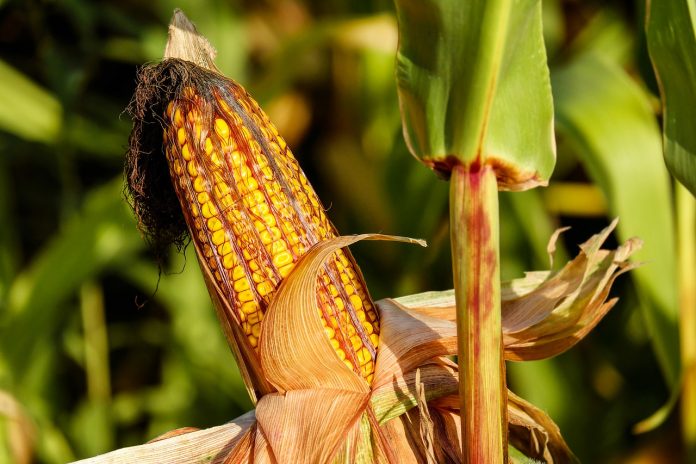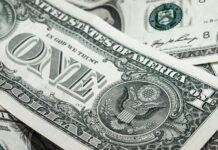The quality of your corn silage sets the stage for how well your cows will milk for the next year. Corn silage quality is determined not just by grain yield, hybrid digestibility, harvest timing and fermentation, but also by the management of corn diseases.
Over the next month, corn will be tasseling and disease scouting and management will be important to maintaining silage quality. Leaf diseases need to be scouted for and can lower silage digestibility and milk per ton and cause rapid plant death affecting silage moisture and fermentation.
Ear rots such as Gibberella ear rot which causes vomitoxins is much harder to scout for. The OSU Cereal Grain Pathology lab has been working on a Vomitoxin disease prediction model to predict when weather conditions are right for disease development to help you make management decisions.
The goal of this model is to eventually allow you to assess the risk in your field, but for now, we are providing a disease risk assessment update through the corn newsletter (corn.osu.edu) based on weather information provided by publicly available weather stations each week on Monday night. When assessing disease management in corn silage when using a fungicide, be sure to evaluate the preharvest interval as products range from 7 to 36 days.
In 2022 and 2023, we conducted a research project sponsored by the Ohio Dairy Research Fund looking at Deoxynivalenol and Zearalenone management across multiple corn hybrids and application methods. Only two fungicide products are labeled for Gibberella ear rot management and both of them have been shown to reduce DON levels if they are applied at VT/R1 while silks are still green and wet.
Disease development is based on the number of hours that humidity is above 80% and temperature is between 59 degrees F and 86 degrees F. It is not only the total number of hours but the number of consecutive hours that leads to disease development.
Both products contain Prothioconazole as an active ingredient. The first one, Proline, only contains this one active ingredient and is good for ear rot control but weaker on many of the foliar diseases we can experience, especially Gray leaf spot and Tar spot. If the foliar disease risk is low, this product may be your best economical choice.
The second product, Miravis Neo, has three active ingredients and is the product we have used the last two years in our corn silage research. This product has Gibberella ear rot control and is rated excellent for gray leaf spot control, very good for control of Northern corn leaf blight and good for tar spot control.
Unfortunately, if tar spot does become the biggest issue in your field, other fungicide products have shown better efficacy than these two.
While hybrid has had a significant effect on DON levels in both our corn silage and corn grain research, we have seen that all hybrids had a similar response to fungicide application. However, the use of a fungicide was not able to make a hybrid with higher DON susceptibility lower than a hybrid with moderate DON resistance.
When applying the fungicides for DON management, it is important that it is the correct fungicide, at the ideal time, and that it reaches the silks. The ideal time for a fungicide application is when all silks in the field are still green and wet, but this timing can be difficult to achieve.
With fungicide timing, it is better to be early than late. Research has shown the same DON levels when the fungicide was applied on brown silk as if it wasn’t applied at all, but a significant reduction in DON levels occurred if the corn was in tassel with the greatest reduction occurring during a green silk application.
When making the fungicide application for DON control, take the time to assess if your fungicide is reaching the silks. Water-sensitive paper is the best way to investigate your application, but you can also visually assess if the water droplets are making it to the silks.
In 2023, we compared applications using a boom sprayer over the top, a boom sprayer with drops, and a drone. All three applications significantly reduced the DON level from 1.9 ppm in the untreated to 1.1-1.2 ppm in the fungicide treatment.
For our boom application, we have been using a 20-gallon-per-acre application rate as this showed better coverage of the ear and entire plant than a 15-gallon-per-acre application rate. For our drone application, we used 2.5 gallons per acre with a large droplet size nozzle which pushed the product down to the silks.
For the lowest DON levels, it will require hybrid resistance, and fungicide, and weather that is less humid.













